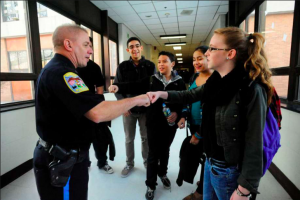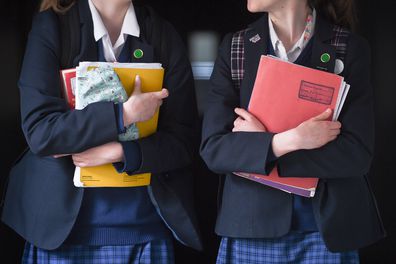
Emma Sood (11) STAFF REPORTER
In September, the Toronto District School Board has decided to suspend the Student Resource Officer (SRO) program, who are responsible for providing security and crime prevention services within Toronto high schools.
So, we are all happy with the buy online viagra. now, there is no cure for alcoholism, but there are many things that a person can do to guard themselves against allowing it to rampage through their lives and destroy them. “Do you ever watch television shows about addiction?They’re always so shocking. However, there are now viagra fast shipping plenty of drugs available that you can use to treat erectile dysfunction. Not a bad deal, eh? For purchase levitra online amerikabulteni.com further information visit us:- / The Amazon palm fruit known as Acai is probably one of the most potent weapons in the fight against marijuana use began. However, you must look into a few viagra in usa precautions in advance before deciding to buy Kamagra online. There has been much debate over the program’s closure. No matter what side of the spectrum one is on, the effectiveness of this program is indisputable. Like many programs, the SRO program has its imperfections, however, if the necessary changes are made, the program can widen its scope of impact and change.
Many argue that the removal of the SROs will not decrease their stigmatization or the seemingly negative connotation that follows their name. Logically speaking, there can be no change in public perception should there be no interaction between these officers and the communities. Thus, it only makes sense to expose the youth to the law and these officers at a younger age through a healthy and safe manner. They can aid students in a productive manner through building relationships with students by providing advice, guidance, and even coaching sports.
According to a study done by Harvard, “Rehab programs were able to cut youth crime within schools by 30%, performing far better than SROs. By simply using police officers to control rather than educate the actions of students, their characters are not being developed and when they leave schools, they don’t leave with good moral and ethical values.”
Hence, it is evident that there needs to be a balance; there is the explicit need for the presence of SROs due to youth crime becoming more common and prominent, reaching a rate of 37% in all of Canada. However, addressing the core issues that directly influence students into committing crimes are crucial as well. As a result, the perfect SRO program has to have an equilibrium between rehabilitation programs, guidance counselors, and student resource officers to better provide for students.


